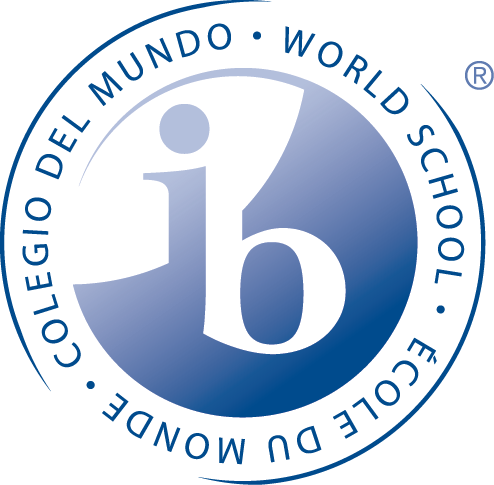Title 1
Understanding the Basics of Title 1 Funds
Title 1 funds aim to bridge the gap between low-income students and other students. The U.S. Department of Education provides supplemental funding to local school districts to meet the needs of at-risk and low-income students.
What’s it All About?
Most educators, parents and community members have heard the term Title 1 School thrown loosely around, but what is it? Title 1 is the nation’s oldest and largest federally funded program, according to the U.S. Department of Education. Annually, it provides over $14 billion to school systems across the country for students at risk of failure and living at or near poverty. In fact, over the course of the 2009-2010 school year, federal funding through this program was used by over 56,000 public schools nationwide in order for struggling students to meet state standards in a variety of subject areas.
Originally, the idea of Title 1 was enacted in 1965 under the Elementary and Secondary Education Act. This policy committed to closing the achievement gap between low-income students and other students. The policy was rewritten in 1994 to improve fundamental goals of helping at-risk students. With the implementation of No Child Left Behind, schools must make adequate yearly progress on state testing and focus on best teaching practices in order to continue receiving funds.
What is the Purpose of Title 1 Funding?
According to the U.S. Department of Education, the purpose of Title 1 funding, “is to ensure that all children have a fair, equal, and significant opportunity to obtain a high quality education and reach, at minimum, proficiency on challenging state academic achievement standards and state academic assessments.”
Shawn Werner, Title 1 Coordinator, 714-848-0656 ext. 56101, [email protected]
